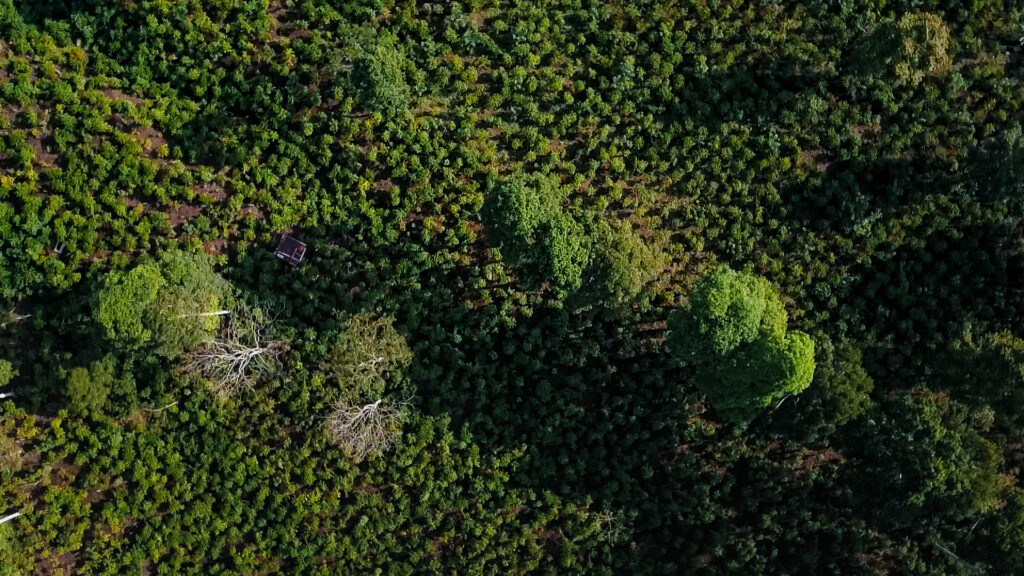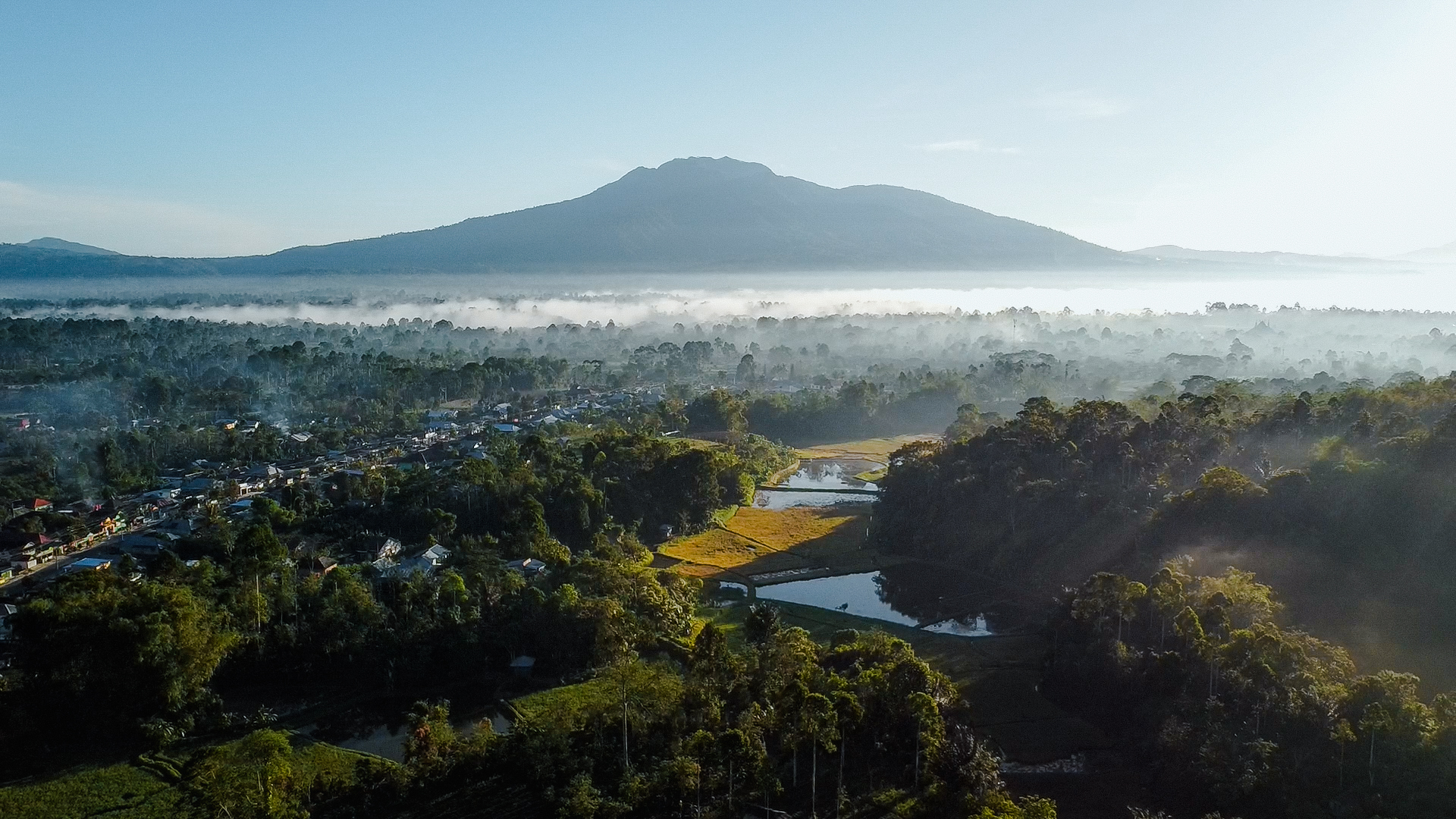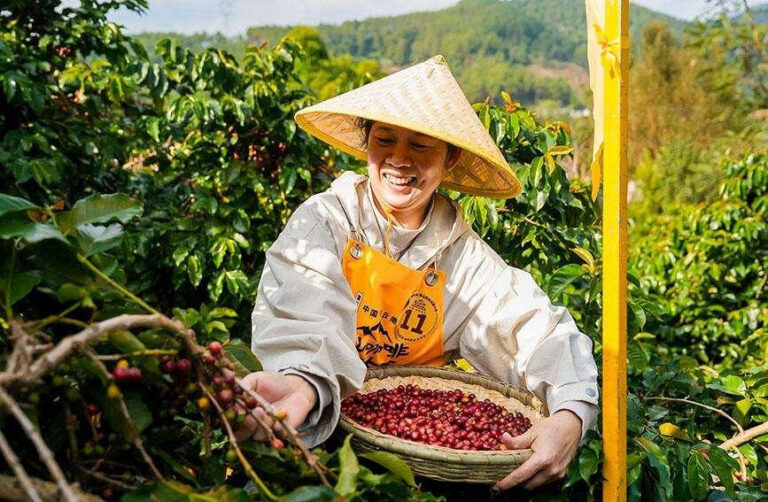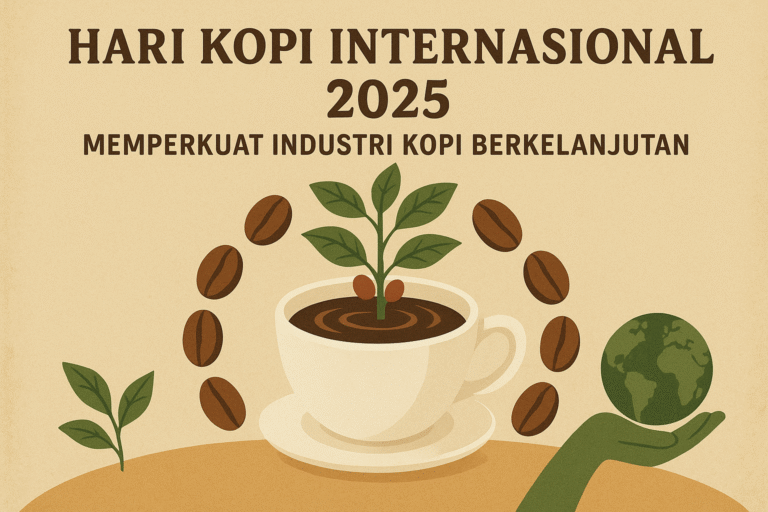Behind the cup of coffee that we enjoy every morning, lies a long and struggling story that starts from the hands of coffee farmers on the hillsides of Indonesia. From patiently grown coffee beans to being served in modern shops in the world’s major cities, coffee has become a commodity that not only warms the heart, but also drives the economy.
The Beginning of the Journey: From Slope to Field

It all starts with coffee seeds planted in highlands such as Gayo, Toraja, Flores, or West Lampung. With an average altitude above 1,200 meters above sea level, Indonesia’s tropical climate offers ideal conditions for the growth of high-quality coffee. Farmers, many of whom are smallholders, plant and nurture coffee plants until they bear fruit, a process that takes up to five years.
Harvesting does not necessarily result in huge profits. The picked coffee beans must go through a process of sorting, fermentation, drying and roasting before they can be consumed. This is where the farmer’s diligence and knowledge are key to the final quality of the coffee beans.
Supporting Millions of People
According to data, more than 1.3 million coffee farmers in Indonesia depend on this commodity for their livelihood. The area of land planted with coffee reaches more than 1.2 million hectares, spread across various provinces from Aceh to Papua. The distribution chain creates jobs for many parties: collectors, exporters, roasters, café owners, to baristas and creative business people in the downstream sector.
Every cup of coffee served on a customer’s table carries a trace of the farmers’ hard work and perseverance. It is not just a consumer product, but the result of the collective work of many hands involved in one large ecosystem.
Coffee and the Indonesian Economy
Coffee is not only an export commodity, but also an important part of the national economic structure. The plantation sector contributes more than 16% to the national Gross Domestic Product (GDP) in the agriculture subcategory, and coffee ranks third after palm oil and rubber. By 2022, national coffee production is set to reach nearly 800,000 tons, a figure that continues to grow year-on-year, although still below the global growth target.
This great potential is increasingly visible when Indonesian coffee is exported to various parts of the world: The United States, Japan, Germany, South Korea, and European countries are the main markets. In the eyes of the world, Indonesian coffee is seen as exotic, rich in flavor, and unique in character. From the bright acidity of Gayo arabica to the strong bitterness of Lampung robusta.
Coffee as a Global Lifestyle
More than just a commodity, coffee has evolved into part of the modern lifestyle. It has become a symbol of productivity, a medium of gathering, and even self-expression. Coffee drinking trends now involve the younger generation who are more conscious of product quality and origin. This has led to the rise of the specialty coffee movement, independent coffee shops, and direct partnerships between farmers and roasters.
Technology and social media are reinforcing coffee’s role as a global narrative where origin, farming process, and farmer stories are added value in marketing. Coffee is no longer just a beverage, but a cultural bridge between the world’s producers and consumers.
Every cup of coffee holds more than flavor: it carries stories, struggles, traditions, and tangible economic contributions. From coffee fields across the archipelago to customers’ tables in Tokyo or Berlin, Indonesian coffee has shown that natural resources, when managed with dedication, can be a source of national pride and global economic strength.
Now, it is our duty to continue to appreciate and support the farmers because behind the fragrant aroma of coffee, there is a future that they are building one by one, bean by bean.





